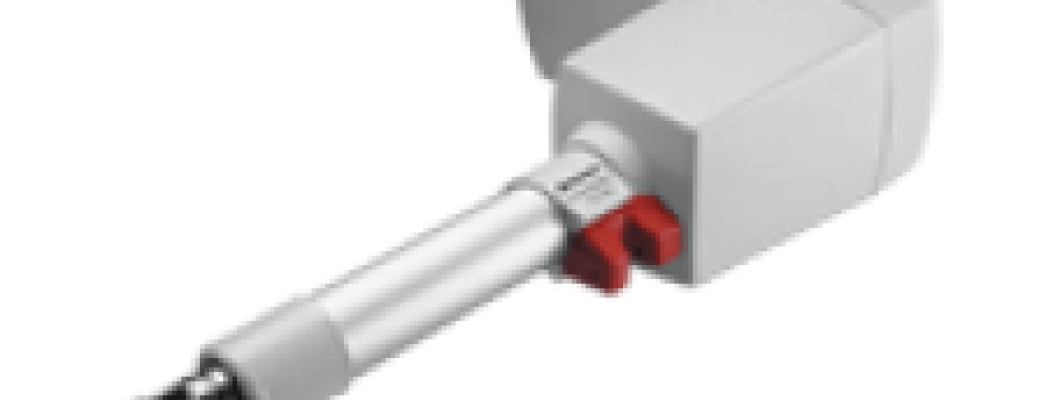
Joerns Healthcare has used Linak actuators on their Oxford range of electric mobile hoists for over 12 years. Linak, as an actuator supplier, have supplied in excess of 100,000 actuators across the UK since 1990. During this time, Linak UK have experienced only one failure (on an actuator that was 11 years old) that resulted in a collapsed hoist in the field of hoisting application. This equates to a failure rate of 0.001%.
Joerns Healthcare, in conjunction with Linak, are able to communicate that following extensive lifetime testing of Linak LA34 & LA44 actuators for hoists under BS EN ISO 10535:2006 requirements, an average life cycle of over 40,000 cycles was achieved. Therefore, where the total cycle count can be confirmed and the product passes LOLER regulations, it is essential that Linak LA34 & LA44 electric actuators fitted on Joerns Healthcare’s Oxford Classic (Steel) range and Oxford ‘Professional Series’ lifts are replaced at 40,000 cycles.
NOTE:
The testing methodology used reflects the durability cycle set up and defined in BS EN ISO 10535: 2006 clause 4.10 and respects the ‘duty cycle’ identified by the manufacturer (Linak) for these types of actuators. In addition, all actuators should be evaluated during each and every Periodic Service & Inspection (LOLER) by a competent person to assess if actuator replacement is necessary. For lifts where the total cycle count cannot be confirmed, it is recommended the competent person uses appropriate means to determine the approximate actuator lift cycle count and assess if actuator replacement is necessary. The actuator usage indicator chart on page 4 of this communication may be useful in assessing the approximate actuator lift cycle count.
Joerns Healthcare also recommends that the actuator pivot pins and mounting brackets on the boom and mast of lifts are assessed for wear at each and every Periodic Service and Inspection (LOLER) - See ‘Inspection Criteria for Actuator and Mounting Points on Oxford Electrical Lifts’ detailed later in this communication.
The Mermaid bath lifter and the Voyager overhead range of lifts are of a completely different design and are therefore not affected by this communication. If the user or service provider is not able or confident to determine either the number of cycles completed by the actuator or its age, Joerns Healthcare recommend that either the actuator or the lift be replaced and that the ongoing frequency of subsequent use be monitored and recorded on a daily basis from that point.
This policy should also be followed for any lift that has an original actuator (a check should be carried out to establish this fact) on any Oxford mobile lift with a serial number of up to 18600, preceded by the prefix of the type of lift e.g. MD 18600 In the very unlikely event that an Oxford hoist actuator breaks down under normal wear and tear conditions, it will do so safely. This is due to a mechanical and electrical ‘end-stop’ feature with a safety-nut that is fitted as standard to Oxford hoist actuators.
Oxford hoists are designed to and comply with ‘The Essential Requirements of the Medical Devices Directive’ 93/42/EEC and ISO 9000 certification. Joerns Healthcare has delivered over 100,000 mobile hoists on a worldwide basis. Joerns Healthcare has not experienced incidents or accidents with actuators failing when the hoist is used correctly and regularly maintained by qualified and competent service and inspection personnel.
It is still a requirement that the operator/owner/maintenance contractor (on an individual case basis) makes an assessment on whether or not the actuator should be replaced. LOLER inspection and also compliance with the user manual and service manual for the product will assist in this assessment.
-3533x1112.png)